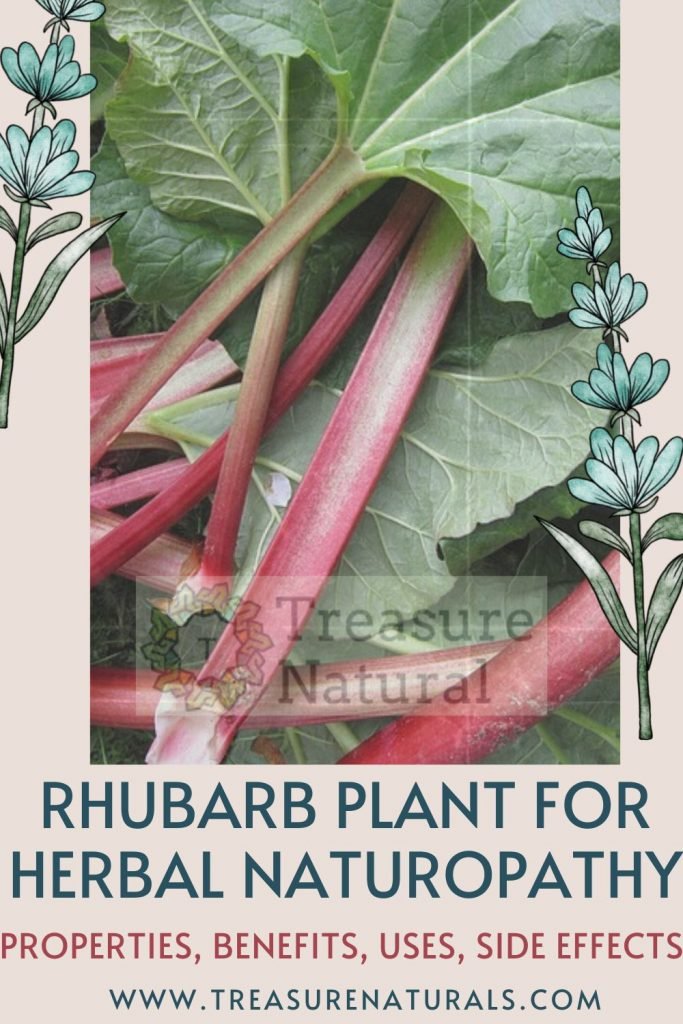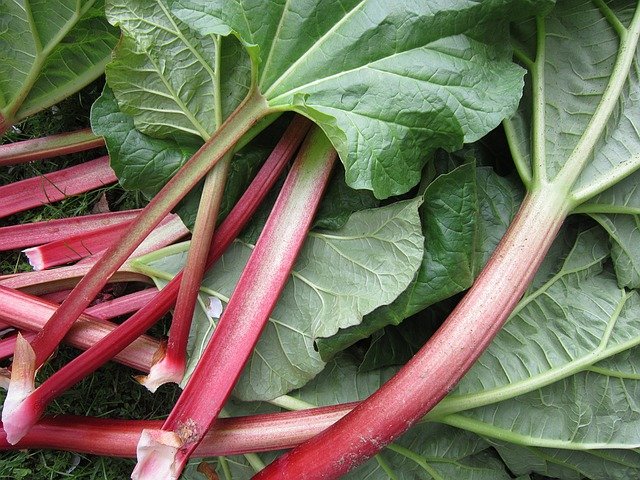
Rhubarb (genus Rheum ) is a plant belonging to the Poligoniaceae family. Widely used as a food, it is digestive, hepatoprotective, purgative, purifying, aperitif and decongestant. Let’s find out better.
Properties of rhubarb
The relationship between humans and the rhubarb plant (especially its rhizome) dates back to ancient times. Rehum palmatum (Chinese rhubarb) seems to originate from the Tibetan plateau, a place where it was first domesticated and cultivated, until it became acclimatized over time in almost all of Asia and all of Europe.
All plants of the genus Rehum have medicinal properties although these are concentrated more in Chinese rhubarb.
Rein, a typical active ingredient of the plant, together with tannins, good quality dietary fiber, other anthraquinone glycosides, chrysophanic acid and chrysophanol, together with pectins, folic and gallic acids, give the plant its digestive properties, hepatoprotective, purgative, purifying, aperitif, and decongested.
Parietin, a typical pigment of rhubarb, appears to be able to fight leukemia cells.
How to use
Internal : at a food level the young apical and basal leaves, collected in the pre-summer period, are consumed (in moderation) as green leafy vegetables.
The one-year-old rhizome is peeled and dried, after which it is reduced to powder or smaller pieces with which to prepare infusions or extracts. In herbal medicine it is used as a natural remedy for constipation and is combined with other herbs in the form of single-dose tablets to facilitate evacuation.
The use as an aperitif is proposed in the form of liqueurs and alcoholic beverages in which its active ingredients are extracted and used. Furthermore, these extractions are also effective in helping digestion, to purify and decongest the body.
External : the use of 10% mother tinctures are used for healing compresses, to soothe anal fissures and hemorrhoids, and finally to prevent infections.
Contraindications of rhubarb
Due to its strong laxative and purgative properties, rhubarb can put more stress on the intestines of people with excretory system problems.
For the same reasons, it is not recommended for pregnant women and children who are too young. Furthermore, its consumption should remain limited due to the large amount of oxalic acid contained in it (especially in the leaves), which can corrode the mucous membranes.
Description of the plant
Rhubarb belongs to the polygoniaceae family and is usually a very large plant that can exceed two meters in height.
It has a basal rosette with large palmate-lobed leaves that reach up to 80 centimeters and have an entire or serrated edge. From the base of the leaves emerge long reddish stems at the apex of which a bisexual flower hangs , with a radiated shape similar to a panicle and varying in color from white to pink, from yellow to green, depending on the variety of rhubarb.
Its root is very large with a fleshy and robust rhizome which is used precisely for the extraction of the drug.
From the rhizome every year at the vegetative restart the leaves of the basal rosette are born while the collection of the rhizome takes place in autumn starting from the second year of vegetation.
Habitat of rhubarb
All the species of the genus Rehum have adapted very well to the Eurasian temperate climates, so much so that they grow spontaneously even without the need for cultivation.
It loves the open fields near the woods, where it finds the necessary humidity, direct sunlight, the indispensable organic substance, and a pH suitable for its growth.
Background

The Mongolian peoples and the Aryans used the rhizome of the rebarbaro already 1000 years before Christ and over the centuries the European peoples used to import from China (through Arab and Turkish merchants) the dried rhubarb rhizome chips (barbarian root).
The etymology of the name has a curious double meaning in Greek: Rha means both plant and Volga , the name of the river around which the first rhubarb crops in Europe arose.






